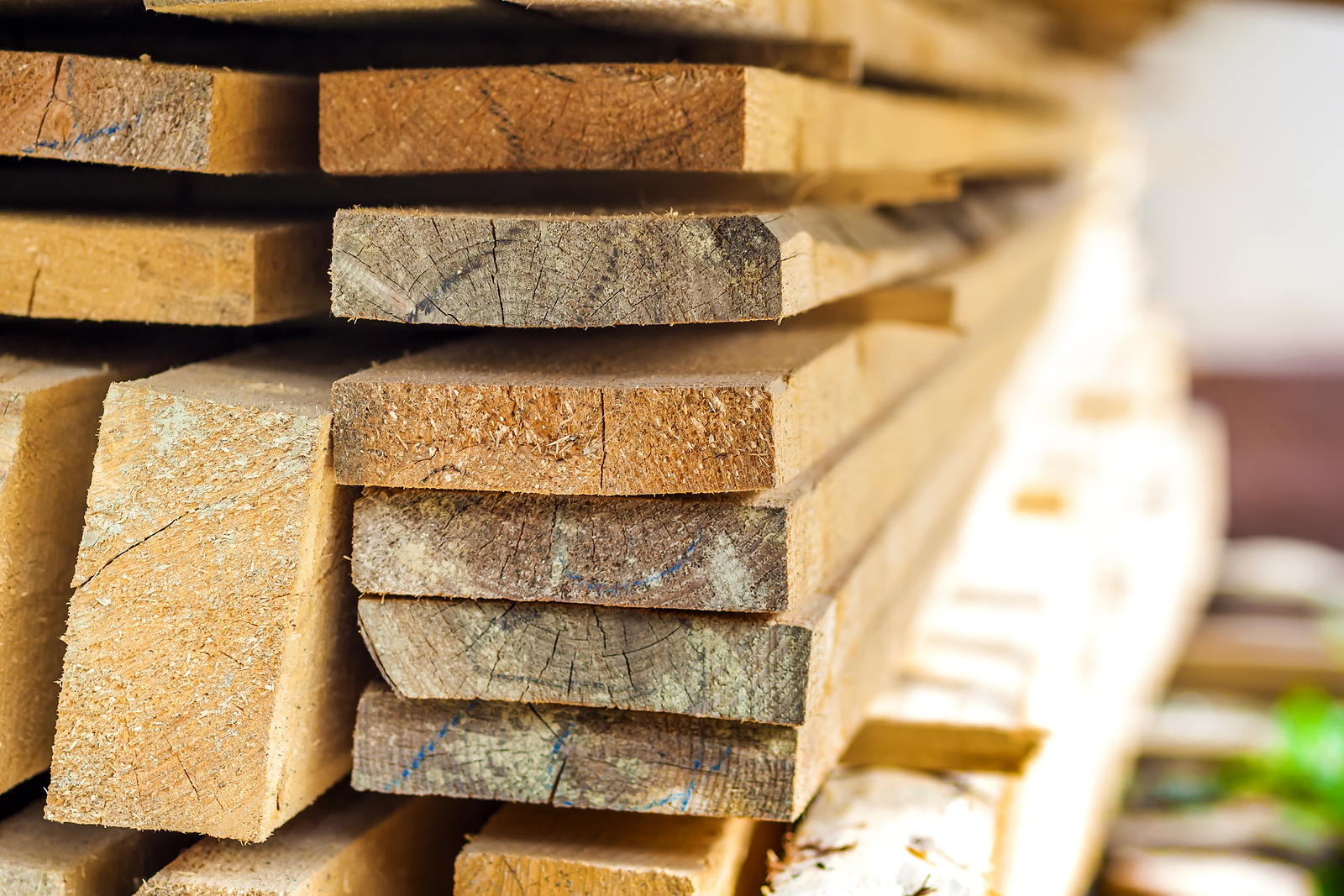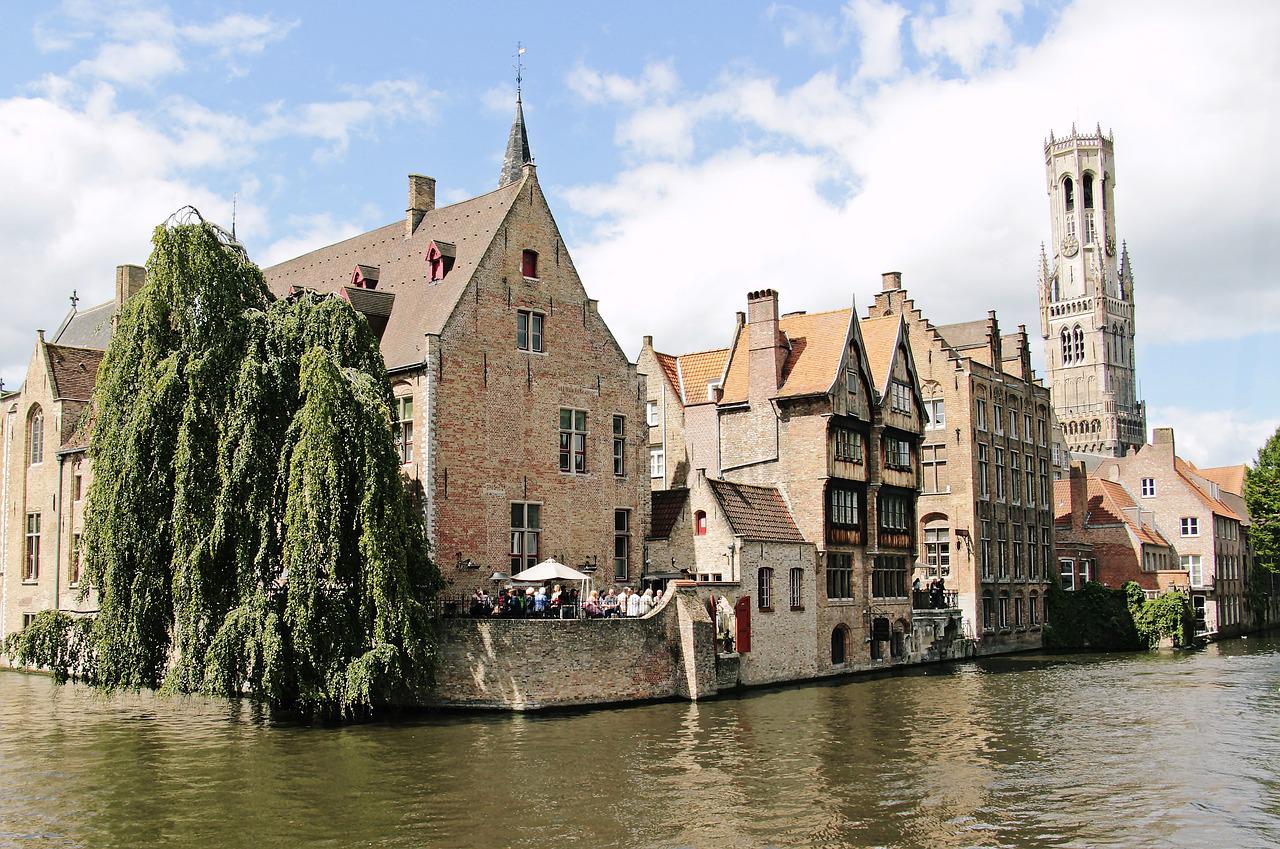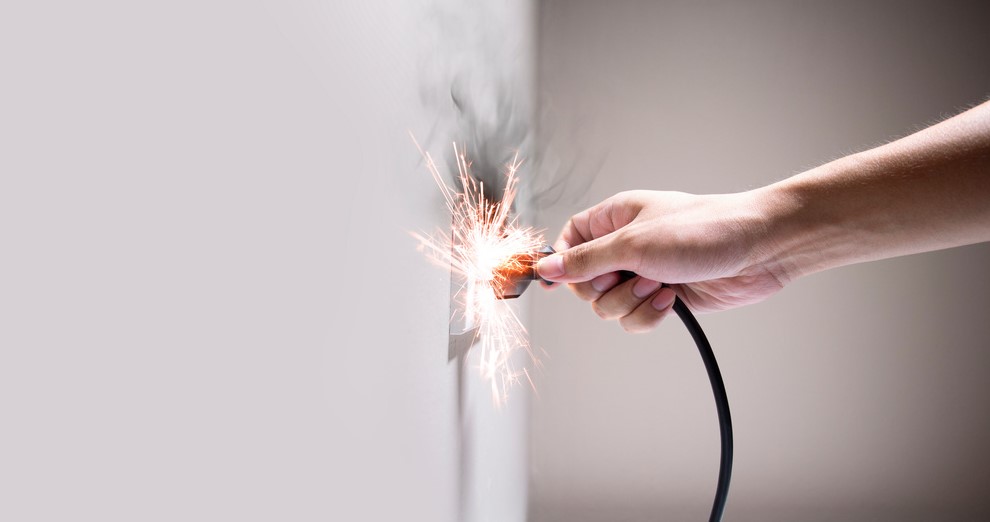Are ceramic tiles really waterproof? Not really. And this article will explain why.
After reading this article, you will know the real deal behind ceramic tiles. You will be aware of its unique material and the issues that you may have to deal with. When you’re done reading this, you will know how to better care for your ceramic tiles.
What are ceramic tiles?
Tiles made of clay are called ceramic tiles. They are deemed to be waterproof and are used in kitchens, bathrooms, and other places where the moisture level can be high. They are highly preferred because dealing with excess water does not become a problem if you have ceramic tiles. In truth, ceramic tiles are not waterproof. People were just made to believe that they are. Allow us to explain.
The Ultimate Truth
People with ceramic tiles feel relaxed and confident in the knowledge that their tiles are waterproof. However, such is not the case. Ceramic tiles are not totally waterproof.
Why then are they still used for bathrooms and areas with high moisture? Well, here is the explanation.
Ceramic tiles are considered waterproof because they have many traits common with waterproof materials. Should you splash water onto it, you will see that the water will land and create a puddle. The water will not be absorbed and you would simply need to wipe it. Hence, you need not worry about excess water on your ceramic tiles. You also won’t need to worry about greasy kitchen stains if you have ceramic tiles.
Granted that ceramic tiles don’t absorb water, you need to know that water infiltration can still take place. Small amounts of water can infiltrate ceramic tiles if water stays on its surface for a long period. This is because ceramic tiles are porous. Porous materials have tiny little holes in them. This very trait of ceramic tiles gives it the ability to fully compress. As it can fully compress, it can prevent itself from breaking, cracking, or chipping. When water infiltration takes place, small droplets of water can get into the surface of your tile.
Cracks
Water infiltration is not a major problem given that the amount of water that gets to infiltrate the tile’s surface is insignificant. However, it becomes an issue when the weather is cold. In very cold weather, such water can freeze. If such droplets freeze and turn into ice, an infiltrated ceramic tile will crack. This is due to the expansion of water particles when they turned into ice. This is exactly the same thing that happens to road potholes.
Mold and Mildew
Such water infiltration can also trigger the build-up of mold and mildew. This can cause tiles to break off from walls. Water that seeped through can weaken tile adhesive.
The moisture from the seeped water can also create mold spores. Spore build-up produces a damp smell. Tiles are cold so moisture will tend to stick to them. On-air water droplets can stick to your tiles and create molds.
Excess Water
Seeped water can also get behind your bath. This may cause leaks and can damage your ceilings if your bathroom is on an upper floor.
As you can encounter so many issues with ceramic tiles, it’s best that you truly reflect on how you want to use and place them in your home.
How to avoid issues with ceramic tiles?
Is it hopeless though? Well, you can do something about it. We recommend for you do the following:
1. Consider Alternatives
You should consider alternative options if you want to avoid all issues concerning ceramic tiles. You can look for waterproof stone tiles and porcelain tiles. Porcelain tiles look similar to ceramic tiles because both are made of clay. However, porcelain tiles are more waterproof. This is because porcelain tiles go through a more robust heating process. Such a different heating process makes porcelain tiles harder, less prone to chips, and less porous. If you need help with looking for alternative options, contact local Perth tilers.
2. Explore Coating Options
You can also consider going for different coatings that can ensure the dryness of your ceramic tiles. A proper coating will duly prevent water from forming directly on the surface and back of your tiles.
3. Have Underfloor Heating
To combat excess moisture, consider installing underfloor heating. If there is no excess moisture, no mold, mildew, or spore can ever build-up on or at the back of your tiles.
4. Check Moisture Level
Most importantly, you should duly avoid excess moisture at all times. Always keep your bathroom clean and dry. Remove any possible presence of excess water.

How to have a mold-free and dry bathroom?
To fully ensure that your bathroom is free from mold and mildew, apply the following tips:
- Keep your bathroom warm.
- Reduce the amount of steam in your bathroom.
- Reduce condensation in your bathroom.
- Always turn on your heating when it’s cold.
- Invest in good quality roofing.
- Install proper window insulation.
- When you’re not airing out, always keep your windows closed.
- Always open the window during and immediately after washing.
- Have an extractor fan or bathroom fan that automatically turns on when you turn on when you use the bathroom light.
- If moisture is intense, you can place a humidifier on the hall immediately outside your bathroom.
- If you can, don’t take too long to shower.
- If you can, always use water that is cooler than normal.
- If you can’t have shorter bath times, then ensure that you run the cold water first.
- Always wipe the bathroom after use.
- Keep a dry cloth around the bathroom to make it easy for everyone to faithfully wipe the floor when it is wet.
Be a Smart Homeowner
If you already have ceramic tiles, applying our shared tips will ensure that you don’t encounter any issues. If you’re looking to use ceramic tiles, it’s best to look for other options if you’re after ones that are 100% waterproof. Because as you now know, ceramic tiles are not really waterproof.






